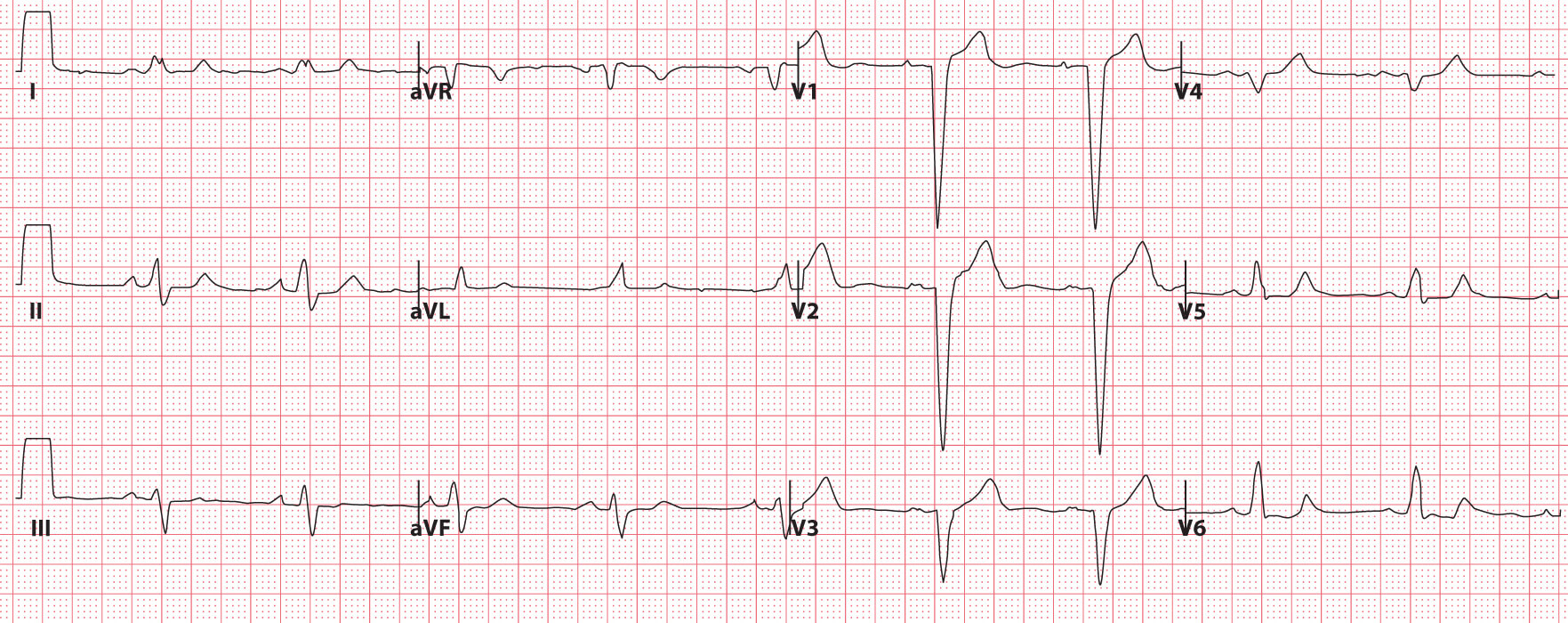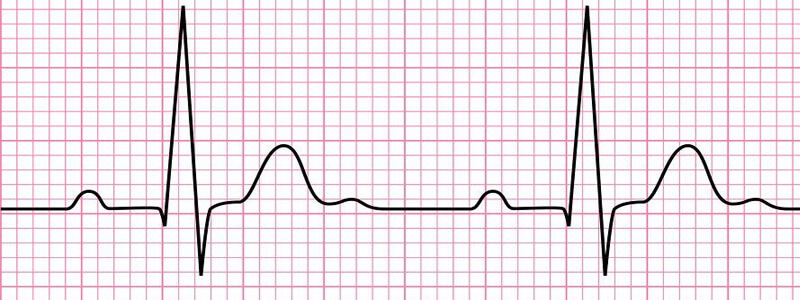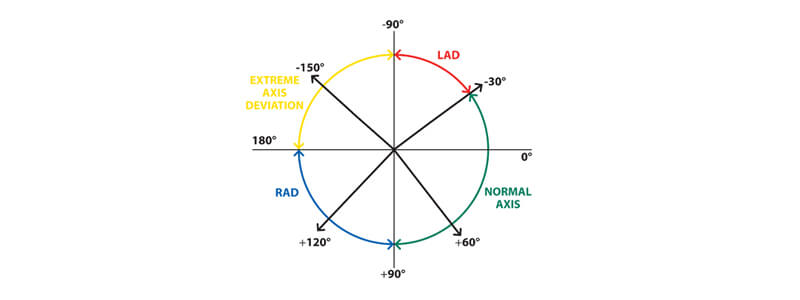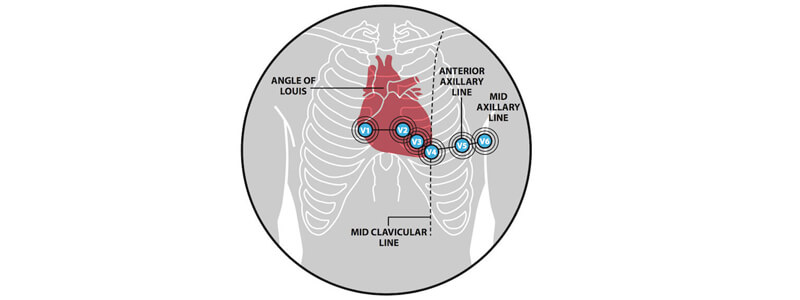


Bundle Branch Blocks (Part 1 – Left and Right Bundle Branch Blocks)
A bundle branch block is a disorder in which there is an obstruction in the heart’s electrical conduction system. These can be broadly divided into two different types of block: Left bundle branch block (LBBB) – where the obstruction is in the left bundle branch Right...
The Basics of ECG Interpretation (Part 3 – Waves, Segments & Intervals)
Waves, Segments & Intervals In Part 2 of ‘The Basics of ECG Interpretation’, we learnt how to calculate the rate, rhythm and axis. After this has been done the final step in ECG interpretation should be the evaluation of the waves, segments and intervals. ...
The Basics of ECG Interpretation (Part 2 – Rate, Rhythm and Axis)
The ECG Tracing In Part 1 of ‘The Basics of ECG Interpretation’, we learnt that the ECG is a simple diagnostic test that records the electrical activity of the heart over a set time period. The ECG machine does this by creating a trace in which voltage is plotted on...




